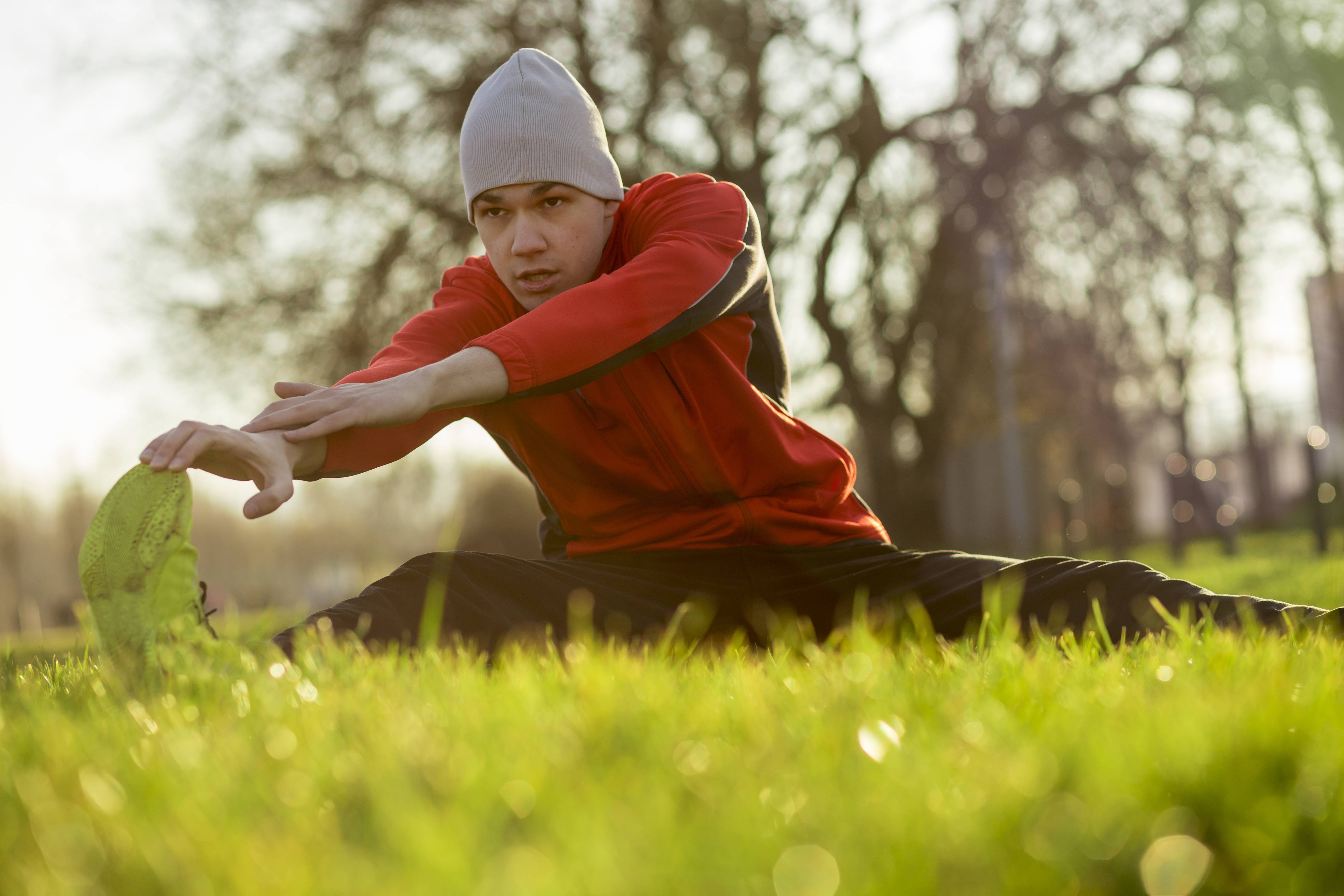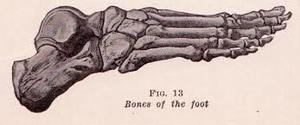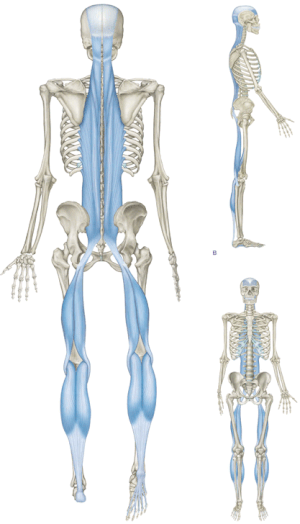Movement Principle # 10
Posted by Gray Cook

Think you have tight hammies? Think again. See, the issue might not be with your hamstrings, your glutes, or your back.
It could be your feet.
Your foot health is the biggest missing link when it comes to strength, mobility and ease. Let me share a quick story: I was talking to a runner the other day. She came to me with a knee injury & back injury and had tried everything she could think of to fix the issue. She went to yoga, took time off of running, she went to the chiropractor...but 2 years later she was STILL stuck with it, growing more frustrated and protective of her injuries. I had a hunch, but it became crystal clear when I had her perform this 30-second test:
Instead of smooth, controlled movements her feet started cramping almost instantly. Her toes just couldn’t figure out how to manage this new task! We worked through a few processes (which I’ll share below), and after just half an hour she found significant improvement & a reduction in low back pain.
Of course, this isn’t a one-time quick fix (she is continuing her homework to keep up the progress), but the big question is: what do your toes have to do with knee & back injuries? In short: everything. If your feet don’t work the way feet should, you could be in for a world of hurt. To get a better sense of why, let’s explore the foot a bit.
THE FOOT

Your feet are pretty complicated pieces of equipment! Each foot has more than 30 separate joints. Think of the number of possible positions each joint could take in relation to all the others.
With all of those possibilities they’re built for a huge amount of mobility. And what do we do with them? We wear casts (shoes) all day, walking on flat surfaces, which effectively locks them in one position. Imagine trying to type your daily emails wearing mittens. It's ludicrous. But we do the equivalent with our feet every single day. And when we do, we pay the price.
The body is a use it or lose it system. If you don’t use your foot in varied positions, it loses its natural mobility. When this happens, other parts of the body are forced to pick up the slack. Essentially there is a burden of mobility that must be dealt with. Each time you take a step, that force has to travel somewhere. This responsibility then shifts up the chain to those familiar bottlenecks of the knees and low back.
THE SYSTEM

And that’s just one piece of the puzzle. The foot is the foundation of your movement, and it’s connected all the way to the top of the head through a vast web of connective tissue, the fascia.
Badass anatomist Tom Myers named this sling of soft tissue the superficial back line.
If your feet are overly tense, this pulls on other areas, and you play tug of war with your joints at each & every step. Tense feet are a double whammy, compromising joints through tension imbalances and poor force distribution.
No wonder so many people suffer from knee and back injuries!
MORE PERSPECTIVE FOR RUNNERS
At the end of the day running is a sustained balancing act, a weight shift from one foot to the other over distance & time. And when your foundation is weak, your balance is compromised. There's a simple test to demonstrate this in the Functional Movement Screen, the hurdle step.

This test highlights your unilateral stability, or more simply: your ability to balance on one leg. If you can't pass this test with ease, there's no way you're running your best. The amazing this is: simply addressing your foundation by developing intrinsic foot strength can drastically improve your ability. Foot health has that much influence on your movement.
THE STUDY
I came across this cool study in the Journal of Physical Therapy Science that made me do a double take. Researchers looked at the effects of an exercise program built solely around strengthening those muscles of the feet. And they came up with some amazing results.
After the trial period participants showed statistically significant improvement in jump height, jump distance, AND 50m dash speed. All from getting their feet in check! It’s such an easy fix--why wouldn’t you upgrade your foundation?
TRY THIS
Let’s go through a simple process to get your feet back on track. You can think of it as a neuromuscular upgrade for your body’s software & hardware (just like the Better Movement Blueprint).
1) Roll a ball under the feet. Aim for 90 seconds on each foot. This will help to move fluid through the tissues and wake up your foot’s sensory receptors. The brain actually uses this sensory information to map out your feet, improving your motor control. This step starts a conversation between your feet & your brain.
2) Get those toes online through our 30-second foot test. Try raising just the big toe 10 times on each foot. Then just the outside 4 toes 10 times. Then spread the toes wide 10 times. Finish up by squeezing the toes in together 10 times. After waking up the feet in Step 1, these exercises will help reinforce your brain’s foot maps.
3) Teach the body what to do with that new range of motion! I recommend the quadruped rock. Get on hands & knees with toes tucked under. Rock back toward your heels, and use your toes to push yourself forward. Try this rock 10 times, then rest in a kneeling position with toes tucked under. The brain & nervous system love function. If you use these movements to demonstrate a use for that new range of motion, you’re more likely to retain it.
4) Test drive those bad boys. Go out for a run or walk. Reexamine your hurdle step. Tune in to any different sensations you notice in your body.
Now here’s what I challenge you to do: put those steps into practice...like right now. Theory is good, but action is better. If you want to improve your function & performance, build your foundation from the ground up.
Posted by Gray Cook
Posted by Missy Albrecht
Thank you, very helpful.
Great article. This echoes what Lee Saxby has been saying for a long time.
Being a lifetime dancer and doing these types of foot/toe exercises on a
Thank you for this; I never really understood the "spread your toes" cue in yoga classes. But where do you start if you (I!) cannot lift big toe separately from other toes, nor spread or squeeze toes? (I can lift all toes and I do the sitting on dorsiflexed and plantar flexed feet regularly).